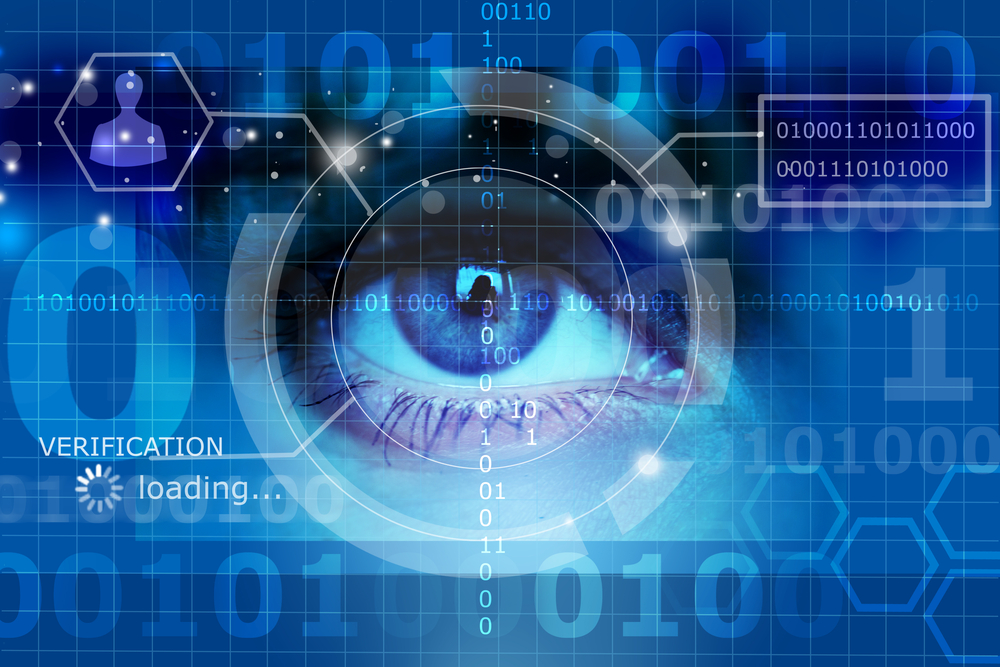Scientists and engineers have been working on new and secure authentication measures that can’t be tricked or hacked. Although some of this technology has been around for some time, the future of biometric authentication looks quite promising. It is only a matter of time until we get rid of passwords and confirm ownership through biometrics, that much is certain. Below is a brief overview of some popular biometric authentication methods people may start using sooner than later.
6. Fingerprint Identification
Using our fingerprints has already become somewhat of a norm when dealing with mobile devices. Every high-end smartphone seems to come with a fingerprint sensor these days, allowing users to unlock their devices with ease. Copying a fingerprint is impossible, as every print is unique. Even identical twins have different sets of fingerprints, which is rather remarkable.
5. Iris Scan
Scanning one’s iris may sound like something coming out of a James Bond movie, yet the technology is very real. Iris scans are nearly impossible to duplicate, which make them one of the most secure authentication methods available to date. Encoding the iris scan into a more ‘portable format” is being looked at by scientists right now, although it remains unclear as to how this will happen exactly.
4. Retina Scan
Taking things one step further, using a retina scan for authentication could prove to be quite a viable strategy as well. There is no known or proven way to successfully replicate a retina, as the blood vessels at the back of the eye create a unique pattern. Moreover, retina scans take about 15 seconds or more to be conducted properly. Military and government installations around the world implemented retina scans as a form of biometric authentication decades ago.
3. Facial Recognition
The use of facial recognition technology has been somewhat controversial as of late. Governments want to use this technology for mass surveillance purposes, which gives the concept a bad name. However, face recognition is one of the most flexible yet accurate forms of biometric authentication in the world today. Unique identifiers within every human face make this technology one of the front-runners to herald a new era of authentication moving forward.
2. Voice Analysis
Similarly to facial recognition, voice analysis allows users to authenticate themselves without having to go through painstaking measures to do so. Unfortunately, this concept is easier to trick than other means, as all it takes is a tape recording. However, it is not possible to fool human analysts by imitating someone’s voice. Despite these concerns, voice analysis remains one of the more popular biometric authentication trends.
1. Hand Geometry Biometrics
Perhaps one of the more intriguing types of biometric authentication comes in the form of hand geometry. Readers designed for this purpose will scan the geometry of one’s hand, which is unique for every person. It is also a less invasive way of authentication and various industries have already embraced this type of authentication. Hand geometry biometrics scanners can operate in harsh environments and do not require “clean” conditions.
If you liked this article, follow us on Twitter @themerklenews and make sure to subscribe to our newsletter to receive the latest bitcoin, cryptocurrency, and technology news.

